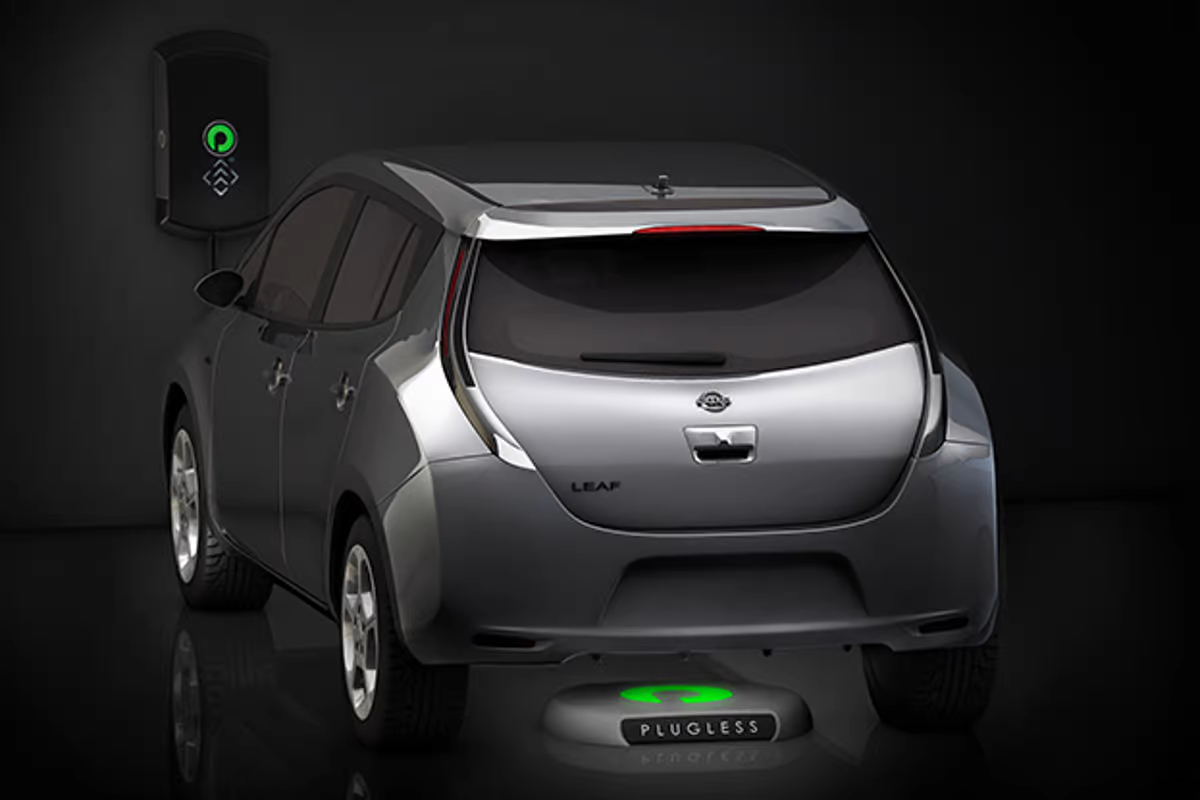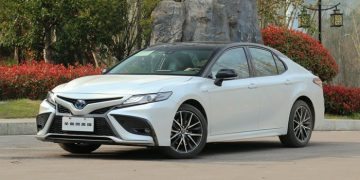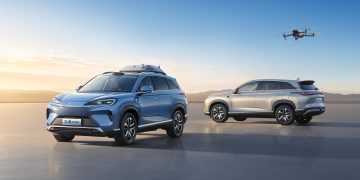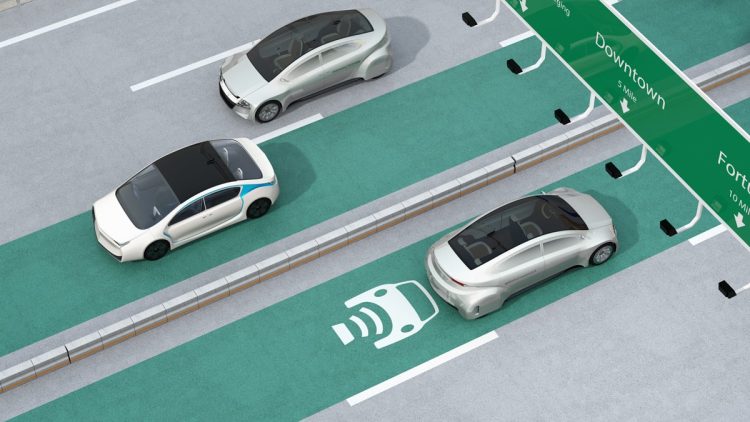1. Explain How Wireless Charging Technology Works and Its Benefits for EV Owners
Wireless charging technology, often referred to as inductive charging, is an exciting innovation that has the potential to revolutionize the way electric vehicles (EVs) are charged. Unlike traditional charging methods that rely on a physical connection between the vehicle and the charger, wireless charging uses electromagnetic fields to transfer energy from a charging pad to a receiver installed in the EV. This process relies on the principle of electromagnetic induction, where an alternating current in a coil generates a magnetic field, which is then converted back into an electric current by another coil in the vehicle.
The Charging Process
In simple terms, the wireless charging system involves two main components: the primary coil, which is embedded in the ground (usually at a charging station), and the secondary coil, which is installed in the bottom of the electric vehicle. When the vehicle is parked over the charging pad, the two coils are aligned, and energy is transferred through the air. This technology is typically slower than wired charging, but it offers several key benefits that make it an attractive alternative for many EV owners.
Convenience and Ease of Use
One of the most significant benefits of wireless charging is the convenience it offers. For many EV owners, the process of plugging in and unplugging their vehicles can be inconvenient, especially in inclement weather or in tight parking spaces. With wireless charging, there’s no need to physically connect the vehicle to a charging station, making it more convenient to “charge” without even stepping out of the car.
This hands-free approach to charging could also address some of the common pain points associated with traditional charging infrastructure. For instance, drivers wouldn’t have to worry about finding the right charging cable, dealing with damaged or incompatible charging plugs, or remembering to plug in their vehicle every time they park. Simply parking over a charging pad could be enough to initiate the charging process, making it an effortless experience.
Reduced Wear and Tear
In addition to the convenience, wireless charging can reduce wear and tear on the vehicle’s charging port and the charging cables themselves. Repeated plugging and unplugging can cause physical damage to the charging port, which could eventually result in malfunction or the need for costly repairs. By eliminating the need for physical connections, wireless charging reduces this risk and can contribute to longer-term durability for both the vehicle and the charging infrastructure.
Enhanced Accessibility
For drivers with disabilities or those who face mobility challenges, wireless charging offers a more accessible option. Plugging in a vehicle can be physically demanding for some individuals, especially when the charging port is in a difficult-to-reach location. Wireless charging eliminates the need to physically interact with the charger, making EV ownership more accessible to a broader range of people.
2. Discuss the Challenges of Infrastructure Deployment and Standardization
While wireless charging technology holds immense promise for the EV industry, several challenges must be addressed before it can become a widespread, viable alternative to traditional charging methods. One of the biggest hurdles is the deployment of the necessary infrastructure, particularly at scale.
Cost and Complexity of Installation
The infrastructure required for wireless charging is significantly more complex and expensive to install compared to traditional charging stations. For wireless charging to be effective, a charging pad must be embedded in the ground at parking spaces, driveways, or public charging stations. These installations require substantial groundwork and investment, including digging, installing the charging coils, and ensuring the system is properly calibrated. This can increase the upfront costs of installation for both consumers and businesses, which may hinder widespread adoption.
Moreover, the ground-based charging pads must be capable of accommodating various types of vehicles, each with different power requirements and alignment preferences. This means that the infrastructure must be flexible and adaptable to cater to a wide range of EVs, further adding to the complexity and cost.
Scalability and Coverage
While wireless charging is ideal for specific use cases, such as home charging or public parking lots, scaling up the infrastructure to cover urban areas, highways, and rural locations presents a significant challenge. Unlike plug-in chargers, which can be installed relatively quickly at existing charging stations, wireless charging pads require more extensive groundwork and modifications to accommodate large numbers of users.
The cost of installing wireless charging pads at multiple locations around a city or across highways is prohibitively high, especially considering that the current adoption rate of wireless EV chargers is still low. This raises questions about whether there will be enough demand to justify the installation of wireless charging infrastructure in public spaces.

Lack of Standardization
Another challenge is the lack of standardization in wireless charging technology. As of now, different manufacturers are developing their own proprietary wireless charging systems, each with its own specifications, power levels, and communication protocols. This lack of uniformity poses a significant barrier to the widespread adoption of wireless charging, as it would be difficult for EV owners to use different wireless charging systems without worrying about compatibility.
For the technology to reach its full potential, standardization will be essential. Global agreements between automakers and charging infrastructure providers are needed to ensure that wireless charging systems are compatible with all types of electric vehicles. Until this issue is addressed, the widespread implementation of wireless charging will remain fragmented, limiting its overall effectiveness.
Efficiency Losses and Power Transfer Rates
While wireless charging offers the convenience of not needing a physical connection, it is generally less efficient than wired charging. The process of transferring energy through the air can result in energy losses, particularly if the alignment between the charging pad and the vehicle’s receiver coil is not perfect. The further the two coils are from one another, the more inefficient the power transfer becomes, leading to slower charging times and reduced overall efficiency.
This energy loss can be particularly problematic for drivers who are looking for quick recharges. For example, public wireless charging stations would need to ensure high efficiency in order to meet the fast-charging demands of drivers, which may require the development of more powerful systems. As of now, wireless charging systems are typically slower than wired alternatives, making it an impractical solution for drivers in a hurry.
3. Explore the Potential for Dynamic Wireless Charging on Highways and Urban Roads
One of the most futuristic possibilities of wireless charging technology is dynamic wireless charging, which could enable EVs to charge while driving. This concept involves embedding wireless charging pads into the road itself, allowing electric vehicles to receive power as they travel down highways and urban roads. This would eliminate the need for frequent stops at charging stations and further address range anxiety by ensuring that EVs are continuously powered while in motion.
How Dynamic Charging Works
Dynamic wireless charging relies on the same basic principles as stationary wireless charging, but with the added complexity of transmitting energy while the vehicle is moving. Charging pads embedded in the road would generate a magnetic field, which the vehicle’s receiver would convert into electricity. The main technical challenge in implementing dynamic charging is maintaining a constant, reliable power transfer while the vehicle is moving at high speeds.
Research into dynamic charging has already begun in some countries, with pilot projects taking place in Sweden, Germany, and the United States. These test projects aim to demonstrate the feasibility of charging EVs while they are in motion and to identify the challenges associated with implementing this technology on a large scale.
Benefits for EV Range and Efficiency
Dynamic wireless charging could have a transformative effect on the electric vehicle industry. For one, it would virtually eliminate range anxiety, as EVs would be able to recharge on the go without needing to stop at a charging station. This could make long-distance travel in electric vehicles more practical and convenient, as vehicles could be continuously charged during highway driving.
Moreover, dynamic wireless charging could improve the overall efficiency of electric vehicles. By keeping the battery charge level more consistent, drivers would avoid the significant energy losses that typically occur when batteries are near empty and need to be recharged from a low state. This continuous top-up would reduce the number of charging sessions required and extend the vehicle’s range over time.
Urban and Highway Applications
On highways, dynamic wireless charging could allow electric trucks and buses to travel long distances without worrying about battery depletion. For urban areas, this technology could be used to power taxis, public transportation, and delivery vehicles, all of which tend to follow fixed routes and schedules. These vehicles could charge throughout the day, ensuring they are always ready for their next trip without relying on frequent stops to recharge.
However, the implementation of dynamic wireless charging on a large scale would require substantial investments in road infrastructure. The roads themselves would need to be retrofitted with embedded charging pads, which would be costly and logistically challenging. Additionally, the power transfer rates would need to be fast enough to provide a meaningful charge while vehicles are in motion, which would require further advancements in the technology.
Conclusion
Wireless charging has the potential to revolutionize the EV industry by offering greater convenience, improved safety, and reduced wear and tear on both vehicles and charging equipment. The technology could make charging as simple as parking a vehicle over a charging pad, eliminating the need for plugging in and creating a more seamless experience for EV owners.
However, significant challenges remain in terms of infrastructure deployment, standardization, and efficiency. The high costs of installing wireless charging systems and the need for uniform standards across different manufacturers present obstacles to large-scale adoption. Additionally, the efficiency of wireless charging and the slow charging speeds associated with the technology must be addressed before it can replace traditional plug-in charging.
Despite these challenges, the potential for dynamic wireless charging on highways and urban roads offers a glimpse into the future of transportation. If successfully implemented, this technology could provide continuous, on-the-go charging, making electric vehicles even more practical and reducing range anxiety. As research and development in this field continue, wireless charging could become a key component of the EV revolution, paving the way for a cleaner, more efficient transportation system.











































